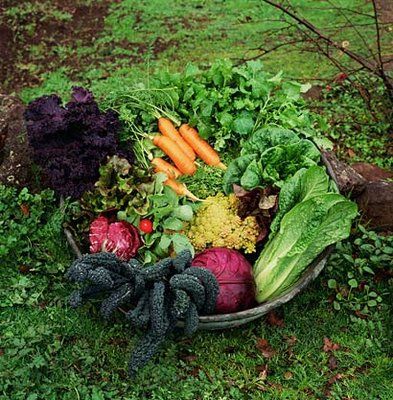
What’s with all these false starts this spring? Warm and sunny one week, downright cold with drenching rains the next. If cool spring weather has kept you from planting your vegetable garden, don’t worry. As night and soil temperatures warm, newly planted starts and seeds will grow quickly.
Remember that the cool-season vegetables include beets, broccoli, cabbage, cauliflower, carrots, kale, lettuce, onions, radishes and spinach. These don’t mind cold soil and chilly weather.
Crops that prefer night temps of 55 degrees and warmer but will tolerate an occasional light frost are tomatoes, bell peppers, corn, beans, squash, cucumber, muskmelon and pumpkin.
Distinctly warm-weather, long-season crops that need temperatures solidly in the 70s are watermelon, eggplant and chiles.
You can raise the temperature of the soil by laying clear plastic (not black) over the surface. Protect plants at night with row covers, hot caps, cardboard boxes or anything that will trap heat during the night until temperatures are right for your crop.
Rotate beds when planting your vegetables to avoid a buildup of diseases and insects that can survive in the soil or on plant residue. Don’t plant the same or closely related vegetables where they grew in the past two or three years.
Also, pay attention to the watering needs of each kind of plant — otherwise, you might plant high-water-use vegetables beside those that need less water. This not only wastes water, but actually can harm plants. A good guideline is to group plants by how big they get and how fast they grow. The bigger and faster they grow, the more water they’ll use. Plant heavy water-users at one end of the garden and light users at the other.
For instance, plant shallow-rooted beets, bush beans, carrots, radishes, lettuce, spinach and other greens together, as they grow at about the same rate and use similar amounts of water. Corn, cucumbers, melons, tomatoes and squash also combine well, as they all grow rapidly and need lots of water.
Another tip is not to mix new (successive) plantings of carrots, lettuce and other crops with existing plantings, because water needs change as the plants mature.
Vegetables that root more than 48 inches deep at maturity are tomatoes, watermelons, pumpkins, winter squash, asparagus, sweet potatoes and artichokes. When you water, wet the soil to this depth to keep them happy.
Moderately deep-rooting veggies (36 to 48 inches) are beets, beans, carrots, chard, cucumbers, eggplants, muskmelons, peas, peppers, summer squash and turnips.
Shallow-rooting veggies (18 to 24 inches) include broccoli, cabbage, celery, corn, garlic, lettuce, onions, parsley, potatoes, radishes and spinach.
Water less if your plants aren’t full-grown yet.
Try container gardening
Vegetables in containers are a great solution if you don’t have much space in the ground to devote to them. They warm up quicker in the spring, too. Just about anything that grows in the ground can also grow in a pot or half-barrel. That includes herbs and even small fruit trees.
Small plants, such as lettuces, spinach, Swiss chard and herbs, grow nicely in smaller pots near the back door, while large edibles, like tomatoes, peppers, eggplant, squash, cucumbers and melons, need more room — a half-barrel or large 5- or 7-gallon pots.
It’s important to use fresh planting mix in your containers each year. Heavy producers need fresh nutrients and deplete the soil by the end of the season.
Also, feed your containers for the best-tasting fruit and vegetables, and water them steadily. If you skip a day of watering when larger plants are at their peak, you can lose your crop. There’s no such thing as dry-farmed tomatoes in a container.
Growing plants in containers is low maintenance, with no weeding required, and one of the easiest ways to success.
Jan Nelson, a California certified nursery professional at Plant Works in Ben Lomond, will answer questions about gardening in the Santa Cruz Mountains. E-mail her at ja******@*ol.com.











